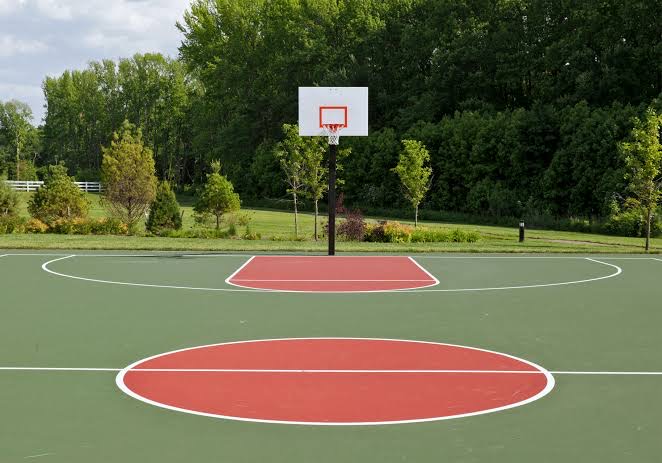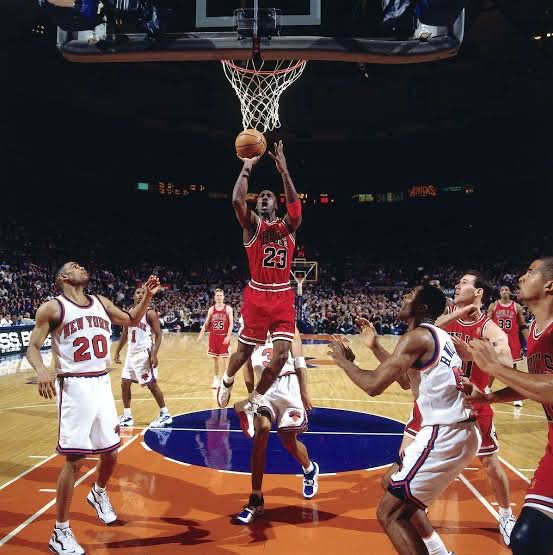
Basketball rules. Depending on where the game is played (international rules differ from professional rules) or the level of play, basketball laws can vary slightly. The majority of the rules covered below, however, may be used in almost every basketball game, and any rule deviations are typically just variations on the fundamental game. A basketball game is won by the team that scores the most points. Tossing the basketball through the opponent’s basket or hoop earns you points. A basket shot from within the three-point line is worth two points in regular play, while a basket shot from outside the three-point line is worth three.
BASKETBALL RULES
Meanwhile, basketball, with its fast-paced action and high-flying athleticism, has captured the hearts of millions around the globe. Whether played competitively on the hardwood or casually at the neighborhood court, understanding the fundamental rules of basketball is essential for both players and fans alike. In this guide, we break down the basic rules of basketball, providing a comprehensive overview for newcomers and seasoned enthusiasts alike.
The Objectives
The primary objective in basketball is to score points by shooting the ball through the opponent’s hoop. Each successful basket is worth a certain number of points, depending on the shot’s distance and manner of execution.
The Court

A standard basketball court is rectangular in shape, with dimensions of 94 feet in length and 50 feet in width. The court is divided into two halves by a midcourt line, and each half contains a basket and backboard at opposite ends.
The Teams

A basketball game is played between two teams, each consisting of five players on the court at any given time. Additional players are available on the bench as substitutes, who can enter the game during stoppages in play.
The Game
In professional play, a basketball game consists of four quarters, each lasting 12 minutes. Teams trade sides at the conclusion of the first and third quarters. Extra periods (overtime) may be played to decide the winner if the score is tied at the end of regulation time.

Points are scored by successfully shooting the ball into the opponent’s basket. The following are the most common methods of scoring:
– Two-Point Field Goal: A basket made from anywhere inside the three-point line is worth two points.
– Three-Point Field Goal: A basket made from beyond the three-point line is worth three points.
– Free Throw: Awarded after certain fouls, free throws are uncontested shots taken from the free-throw line. Each successful free throw is worth one point.
Fouls and Violations
However, players must adhere to certain rules and regulations to maintain fair play. Common fouls and violations in basketball include:
– Personal Foul
Contact deemed illegal by the referees, such as pushing, holding, or tripping an opponent.
– Technical Foul
Non-contact fouls, such as unsportsmanlike conduct or illegal substitutions.
– Traveling
Moving without dribbling the ball or taking too many steps while holding it.
– Double Dribble
Dribbling the ball with both hands simultaneously or stopping and then restarting a dribble.

Also, basketball’s appeal lies not only in its fast-paced action and high-scoring nature but also in the strategic depth and skill required to excel at the game.
Summary
Hence, a team needs more field goals than the opposition in order to win the game. A basket that a player makes while playing is called a field goal. Both two and three points can be earned for field goals. Field goals that are made from inside the arc that marks the court’s three-point line are worth two points. Outside-the-arc field goals are worth three points.